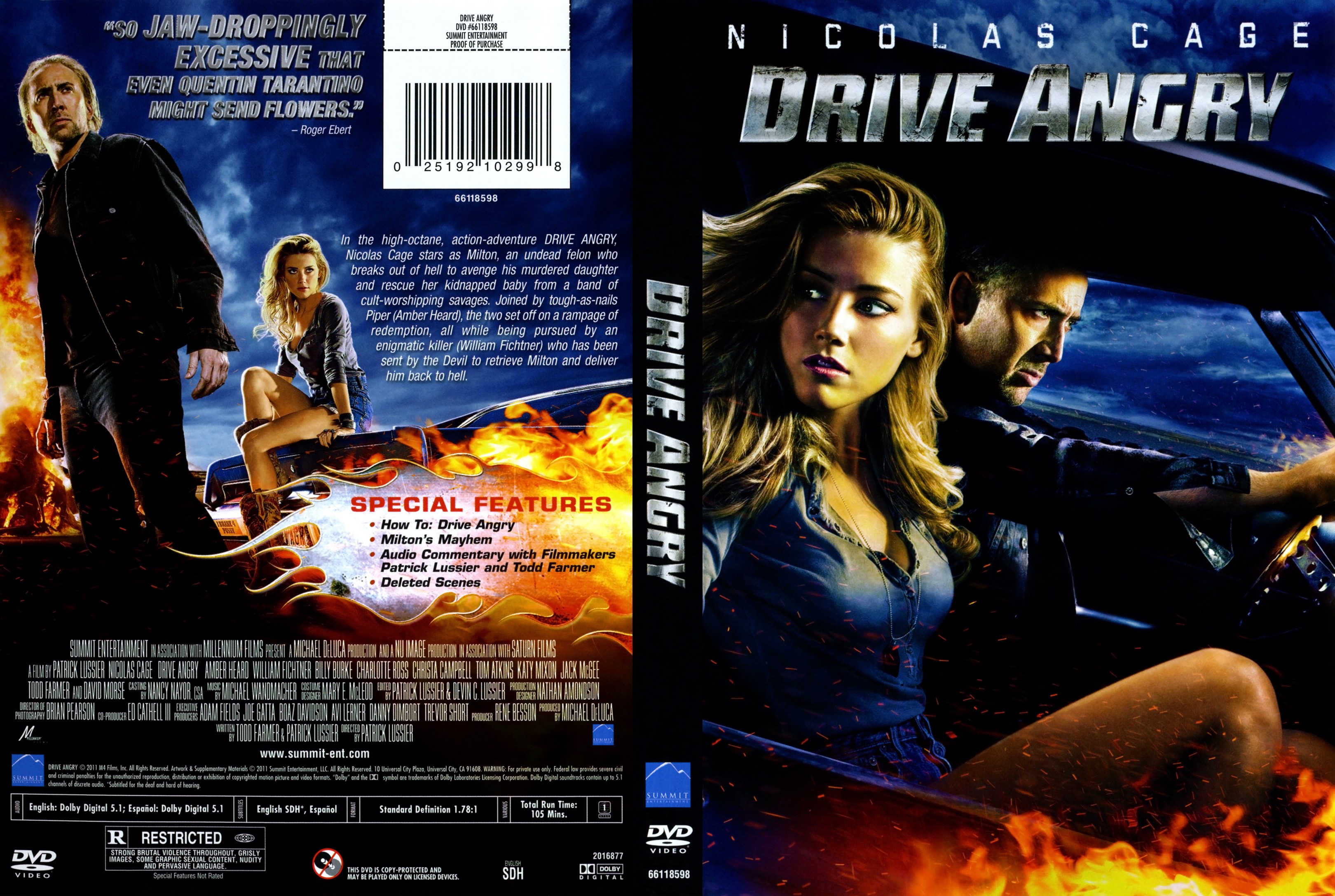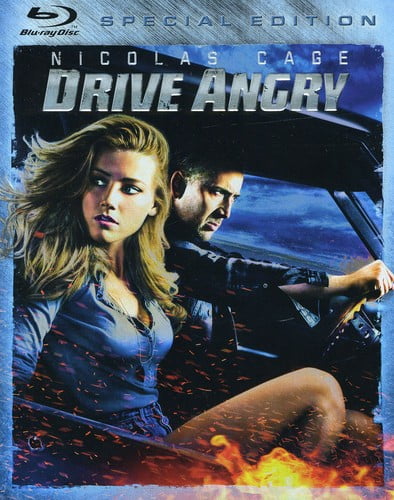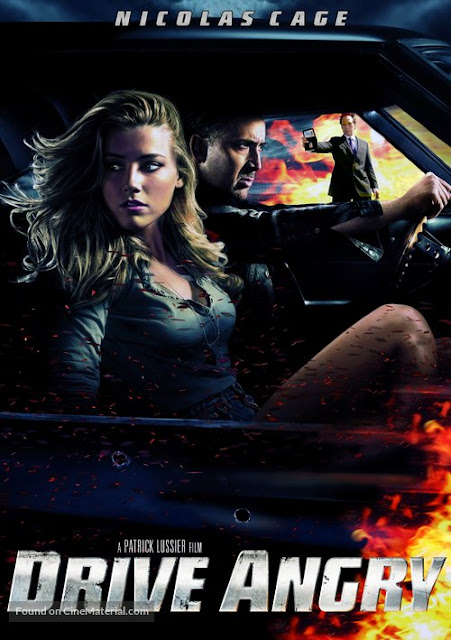

Body parts and bullets fly at the screen in different and amazing ways. It’s, once again, B-movie magic and, thanks to some great direction from Lussier, never loses its focus as such. This is pure revenge-driven genre schlock here. Drive Angry isn’t trying to reinvent the movie-making wheel. A couple of sequences are simply brilliant one sees the floating three-dimensional moon becoming a headlight and the other, showing a flashback in which Burke drinks the blood from Cage’s sacrificed daughter that is projected onto Cage’s face, reminds me of how this format can be effectively used in cinema.īut, let’s not get ahead of ourselves here. All in all, the 3D is simply amazing and the way certain actors and objects alike are used and positioned in the frames of the footage – showcasing the depth of field – makes the best case in the world for legitimate 3D and not these studio converted 3D films that keep popping up. The 3D, at times, is a bit sleazy but that just gives Drive Angry a bit of a guttural edge to it. The film has fun with playing with her talents and showcases a bit of 3D cleverness associated with her rough-and-ready character. Heard, as his ass-kicking sidekick, is as beautiful as she is deadly and she superbly captures the gusto of her Southern-charmed character. While not entirely cutting loose in the role (until the very end), I have to say that it is refreshing to see – after a multitude of latter day acting disappointments – Cage lose his mind on-screen again. He’s loose and coolly steeled with a nice supernatural edge that makes his turn at Ghost Rider look like child’s play. Over the top with hellish action sequences that both defy logic and popular mechanics, Drive Angry is a robust actioneer that runs right over its audience 1969 Dodge Charger while laughing maniacally as it passes.Ĭage is absolutely enjoying this role almost as much as its director is having fun with the 3D aspect of the film (amazing shots of leaves blowing, bullets whizzing by, and female flesh on display).

Joined in his effort by the balls-kicking Piper (Amber Heard), Cage discovers that even his edge – the appropriately named God Killer weapon – won’t stop the hell he’s caused. Fans of the exploitation genre have a serious reason to celebrate this ‘heavenly’ revenge flick because even its storyline satisfies in a fun and demented manner.Įscaping from the very depths of Hell to chase down his granddaughters satanic-worshipping kidnappers, Milton (Nicholas Cage) finds himself being hunted by The Accountant (William Fichtner, who practically steals the show as the best incarnation of a bounty hunter-like Jesus Christ), bad guy Jonah King (Billie Burke), and the police, led by Tom Atkins (for all those Horror aficionados out there). This is the second ( My Bloody Valentine being the first) and better 3D shot (and not converted) film from the writing/directing team of Todd Farmer and Patrick Lussier. Playful and smart, Drive Angry offers a fresh feast of guts, bullets, and the supernatural for its 3D offering.

I’d add “guilty” to that pleasure terminology if the film sucked. An Ultra HD Blu-ray player that can read 4K video will have the corresponding logo.Bursting forth with the cinematic speed of zooming muscle cars and the urgency of flooding nose bleeds, Drive Angry is a 70’s cinephile’s pleasure. To display their compliance with the Blu-ray standard, any compatible player will bear this mark. To identify a Blu-ray player, look for the Blu-ray trademark logo on the device. Unfortunately, existing players are not compatible with the new standard, but new Ultra HD Blu-ray players can read any older discs. In 2016, the Ultra HD Blu-ray was released, which allowed Blu-ray discs to store 4K video. Most players are backwards compatible with older formats and can also read DVDs and CDs. The first Blu-ray player on the market was the Samsung BD-P1000, which debuted in June 2006. The Blu-ray disc competed briefly with the HD DVD in a so-called format war. These discs have been associated with higher-resolution video and higher-quality audio than traditional CD/DVDs as a result. Due to its shorter wavelength, the blue laser can be focused on a smaller area on the disc, allowing much more data to be squeezed onto a Blu-ray disc. Whereas DVD players use a red laser to read data from the disc, Blu-ray players use a 'blue’ laser, which is actually in the violet spectrum. The Blu-ray Disc specification was first released on a global scale in 2006 to replace the older DVD format. Blu-ray is an optical disc format for storing data such as movies or video games.


 0 kommentar(er)
0 kommentar(er)
